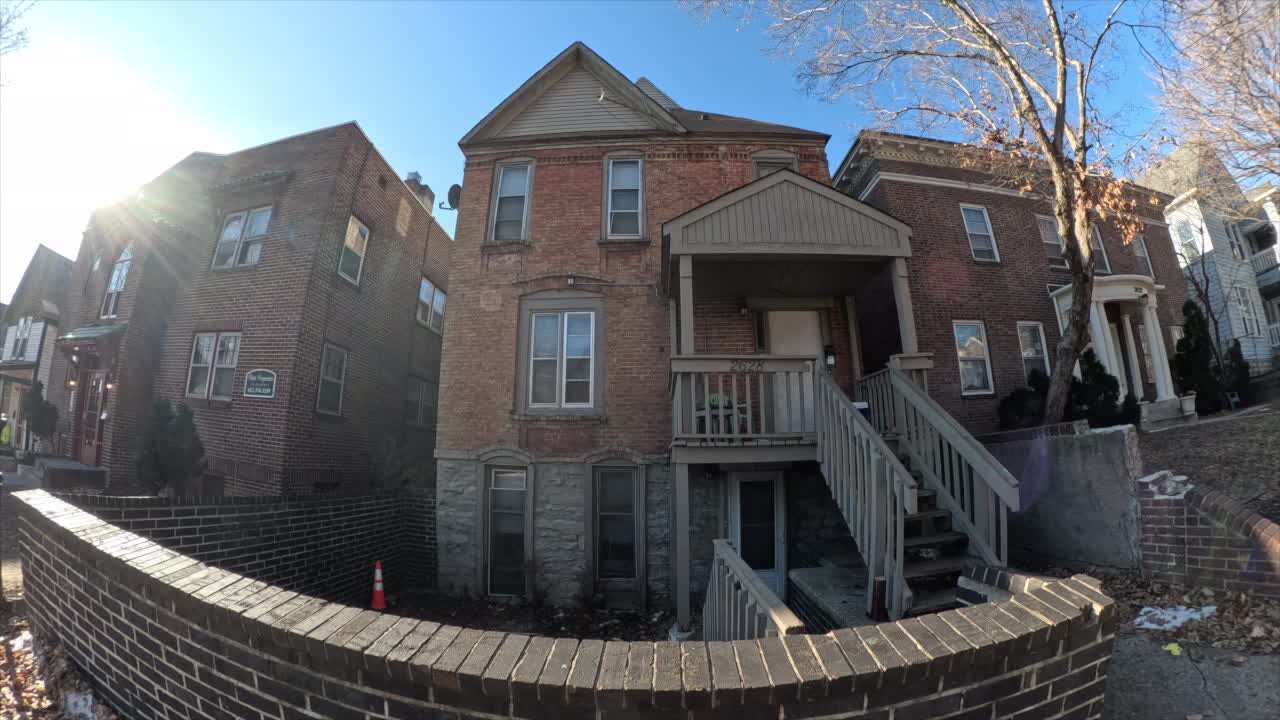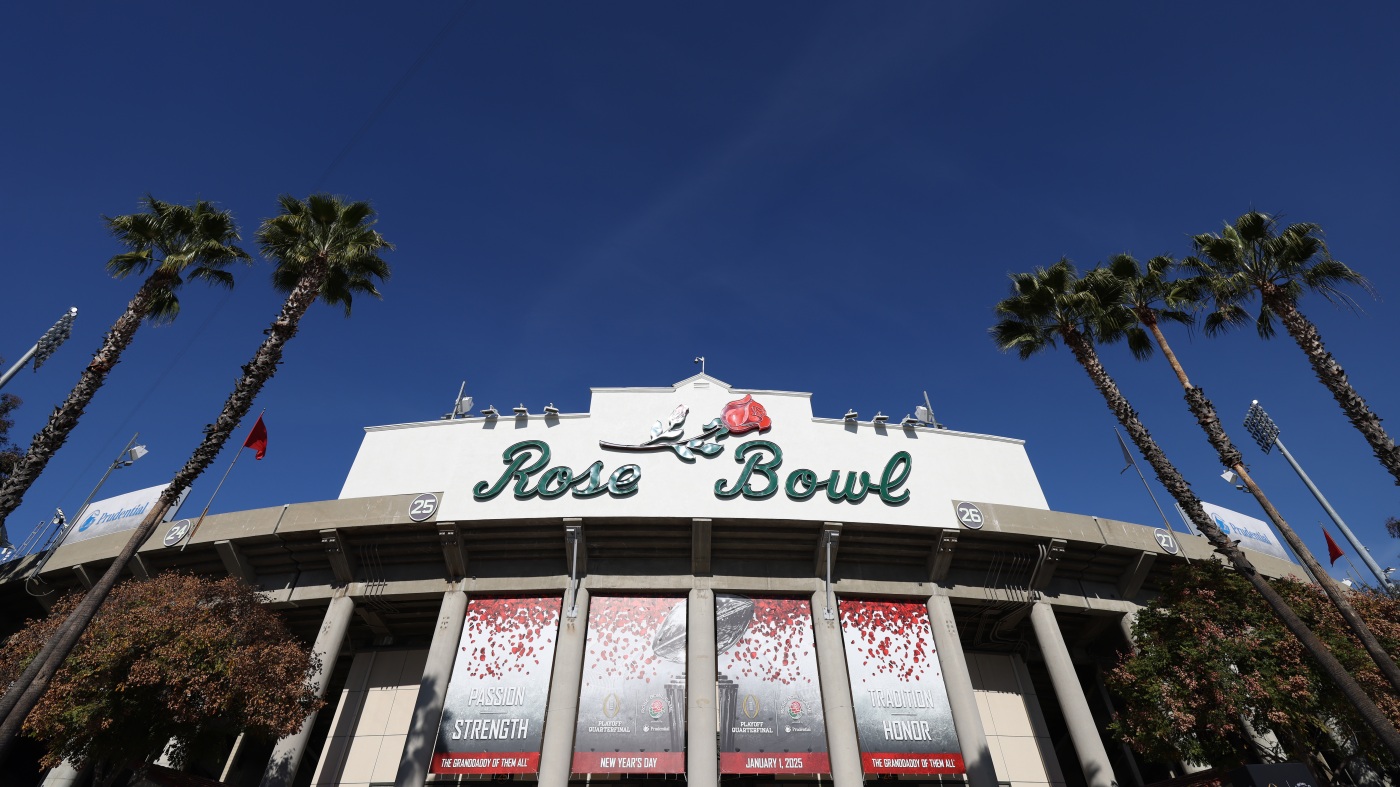Education
Opinion | For Most College Students, Affirmative Action Was Never Enough

By Richard Arum and Mitchell L. Stevens
Graphics by Quoctrung Bui
Mr. Arum is a professor of sociology and education at the University of California, Irvine. Mr. Stevens is a sociologist at the Stanford Graduate School of Education.
In the wake of the Supreme Court decision that struck down race-conscious admissions, we should recognize that, in practice, affirmative action mattered a great deal for very few and very little for most.
Yes, the decision will likely dramatically reduce the racial diversity of incoming classes at highly selective institutions like Harvard, Stanford and the University of North Carolina.
But because affirmative action only opened a tiny window of access to America’s most elite institutions, the ruling will make little difference for most college students.
Even with affirmative action in place, most students of color did not go to elite colleges, and last week’s ruling does nothing to change that. The current opportunity to bring racial equity to American higher education lies in a collective re-commitment to the quality and success of more accessible institutions.
The chart below shows the racial breakdown of college attendance by admission rate for 2021. Notice how relatively few Black and Hispanic students attend schools with an admission rate of 20 percent or less.
Note: Data as of 2021. Source: U.S. Department of Education
In fact, the majority of Black and Hispanic students attend universities that accept more than three-quarters of their applicants. The exception here is Asian students, who on average are much more likely to attend elite universities. The proportion of all Asian students who attend a school with an acceptance rate under 25 percent is more than three times that of Black, Hispanic and white students.
What drives this dynamic is that most students apply to and enroll at schools near their families, regardless of whether the school is a good academic fit. We live in a country full of colleges that don’t have the resources and academic quality to match their students’ talents. Social scientists describe this problem in the college selection process as “undermatching.” Efforts to nudge students to broaden their horizons and consider attending selective colleges further from home have had only modest success.
While the Supreme Court’s decision is a blow to Black and Hispanic students who dream of attending the most competitive universities, improving and better supporting the institutions that serve the lion’s share of students of color will do far more to advance the cause of racial equality in this country than anything that admissions officers can do in Cambridge, Palo Alto and Chapel Hill.
The ruling provides America with an opportunity to redirect the conversation from a relatively small number of schools and instead direct urgently needed attention to the vast middle and lower tiers of postsecondary education. Non-selective colleges and universities can be genuine engines of economic mobility, but they do so in the face of significant headwinds.
Consider the amount of money schools report spending on student instruction each year. For example, in our state, California, U.C.L.A. and the private liberal-arts college Pomona report spending richly per student at $60,528 and $40,275, respectively. Meanwhile, less selective and more diverse institutions like San Francisco State ($8,087) and California State University, Los Angeles ($6,631), report expenditures that are less than a quarter of those amounts.
The key to greater racial equity in American higher education is elevating the quality of the broad range of schools most students attend.
Nearly 60 years ago, educators and politicians took bold and imaginative steps to take up this challenge. The Higher Education Act of 1965, enacted as part of President Lyndon B. Johnson’s War on Poverty, made college education attainable for millions of Americans who might never have dreamed of bachelor’s diplomas were it not for federal grants and loans.
States also did their part in this era, investing some of the prosperity of the post-World War II decades to create and subsidize public colleges and universities. (Historians remind us that our country accomplished these milestones at a time when colleges and universities were far more closed off to women and people of color.)
We call for that kind of bold civic action once again. This country needs to attend to the unfinished business of making college education a truly inclusive mechanism of social mobility.
Less selective schools and the millions of students they serve each year deserve the same resources and attention to program quality found in selective institutions. Affirmative action never went far enough. Winning the admissions lottery to Harvard or a selective University of California campus must not be the only path to upward mobility through higher education. All colleges, especially those serving the most diverse student bodies, should be capable of providing outcomes of similar quality.
Taking the necessary steps to do this will not be easy. State leaders will need to look hard at budget allocations that favor flagship campuses at the expense of public schools serving historically marginalized groups. They will also need to encourage colleges to improve how undergraduate education is provided and measured. Students at less selective schools should have access to programs that are well designed, adequately funded and demonstrably effective at promoting learning, graduation and meaningful employment.
Imaginative, even radical ideas for reconfiguring higher education may be necessary to offer it in ways that will not saddle additional millions of people with billions of dollars of student debt. Obliging private schools with large endowments to offer affordable, academic credit-bearing courses to students from other institutions as a requirement of tax exemption would change the national conversation about what it means to attend and graduate from an elite school. So too would an expectation that all students be able to attend an adequately funded, high-quality community college for a year or two before enrolling in a flagship public or private university.
Meanwhile, forward-thinking employers could join the national movement to do away with bachelor’s diplomas as requirements for entry-level jobs, sending a clear signal that skills, not costly and exclusionary pieces of paper, are what matter in the 21st century.
These solutions are unquestionably harder than changing the standard of admission for a handful of prestigious schools, but these are the steps we need to take to achieve educational justice.

Education
Four Fraternity Members Charged After a Pledge Is Set on Fire

Four fraternity members at San Diego State University are facing felony charges after a pledge was set on fire during a skit at a party last year, leaving him hospitalized for weeks with third-degree burns, prosecutors said Monday.
The fire happened on Feb. 17, 2024, when the Phi Kappa Psi fraternity held a large party at its house, despite being on probation, court documents show. While under probation, the fraternity was required to “demonstrate exemplary compliance with university policies,” according to the college’s guidelines.
Instead, prosecutors said, the fraternity members planned a skit during which a pledge would be set on fire.
After drinking alcohol in the presence of the fraternity president, Caden Cooper, 22, the three younger men — Christopher Serrano, 20, and Lars Larsen, 19, both pledges, and Lucas Cowling, 20 — then performed the skit, prosecutors said.
Mr. Larsen was set on fire and wounded, prosecutors said, forcing him to spend weeks in the hospital for treatment of third-degree burns covering 16 percent of his body, mostly on his legs.
The charges against Mr. Cooper, Mr. Cowling and Mr. Serrano include recklessly causing a fire with great bodily injury; conspiracy to commit an act injurious to the public; and violating the social host ordinance. If convicted of all the charges, they would face a sentence of probation up to seven years, two months in prison.
Mr. Larsen himself was charged. The San Diego County District Attorney’s office said that he, as well as Mr. Cooper and Mr. Cowling, also tried to lie to investigators in the case, deleted evidence on social media, and told other fraternity members to destroy evidence and not speak to anyone about what happened at the party.
All four men have pleaded not guilty.
Lawyers representing Mr. Cooper and Mr. Cowling did not immediately respond to messages requesting comment on Tuesday. Contact information for lawyers for Mr. Serrano and Mr. Larsen was not immediately available.
The four students were released on Monday, but the court ordered them not to participate in any fraternity parties, not to participate in any recruitment events for the fraternity, and to obey all laws, including those related to alcohol consumption.
The university said Tuesday that it would begin its own administrative investigation into the conduct of the students and the fraternity, now that the police investigation was complete.
After it confirmed the details, the dean of students office immediately put the Phi Kappa Psi chapter on interim suspension, which remains in effect, college officials confirmed on Tuesday.
Additional action was taken, but the office said it could not reveal specifics because of student privacy laws.
“The university prioritizes the health and safety of our campus community,” college officials said in a statement, “and has high expectations for how all members of the university community, including students, behave in the interest of individual and community safety and well-being.”
At least half a dozen fraternities at San Diego State University have been put on probation in the last two years, officials said.
Education
Video: Several Killed in Wisconsin School Shooting, Including Juvenile Suspect

new video loaded: Several Killed in Wisconsin School Shooting, Including Juvenile Suspect
transcript
transcript
Several Killed in Wisconsin School Shooting, Including Juvenile Suspect
The police responded to a shooting at a private Christian school in Madison, Wis., on Monday.
-
Around 10:57 a.m., our officers were responding to a call of an active shooter at the Abundant Life Christian School here in Madison. When officers arrived, they found multiple victims suffering from gunshot wounds. Officers located a juvenile who they believe was responsible for this deceased in the building. I’m feeling a little dismayed now, so close to Christmas. Every child, every person in that building is a victim and will be a victim forever. These types of trauma don’t just go away.
Recent episodes in Guns & Gun Violence
Education
Video: Biden Apologizes for U.S. Mistreatment of Native American Children

new video loaded: Biden Apologizes for U.S. Mistreatment of Native American Children
transcript
transcript
Biden Apologizes for U.S. Mistreatment of Native American Children
President Biden offered a formal apology on Friday on behalf of the U.S. government for the abuse of Native American children from the early 1800s to the late 1960s.
-
The Federal government has never, never formally apologized for what happened until today. I formally apologize. It’s long, long, long overdue. Quite frankly, there’s no excuse that this apology took 50 years to make. I know no apology can or will make up for what was lost during the darkness of the federal boarding school policy. But today, we’re finally moving forward into the light.
Recent episodes in Politics
-

 Business1 week ago
Business1 week agoThese are the top 7 issues facing the struggling restaurant industry in 2025
-

 Culture1 week ago
Culture1 week agoThe 25 worst losses in college football history, including Baylor’s 2024 entry at Colorado
-

 Sports1 week ago
Sports1 week agoThe top out-of-contract players available as free transfers: Kimmich, De Bruyne, Van Dijk…
-

 Politics6 days ago
Politics6 days agoNew Orleans attacker had 'remote detonator' for explosives in French Quarter, Biden says
-

 Politics6 days ago
Politics6 days agoCarter's judicial picks reshaped the federal bench across the country
-

 Politics4 days ago
Politics4 days agoWho Are the Recipients of the Presidential Medal of Freedom?
-

 Health3 days ago
Health3 days agoOzempic ‘microdosing’ is the new weight-loss trend: Should you try it?
-

 World1 week ago
World1 week agoIvory Coast says French troops to leave country after decades














